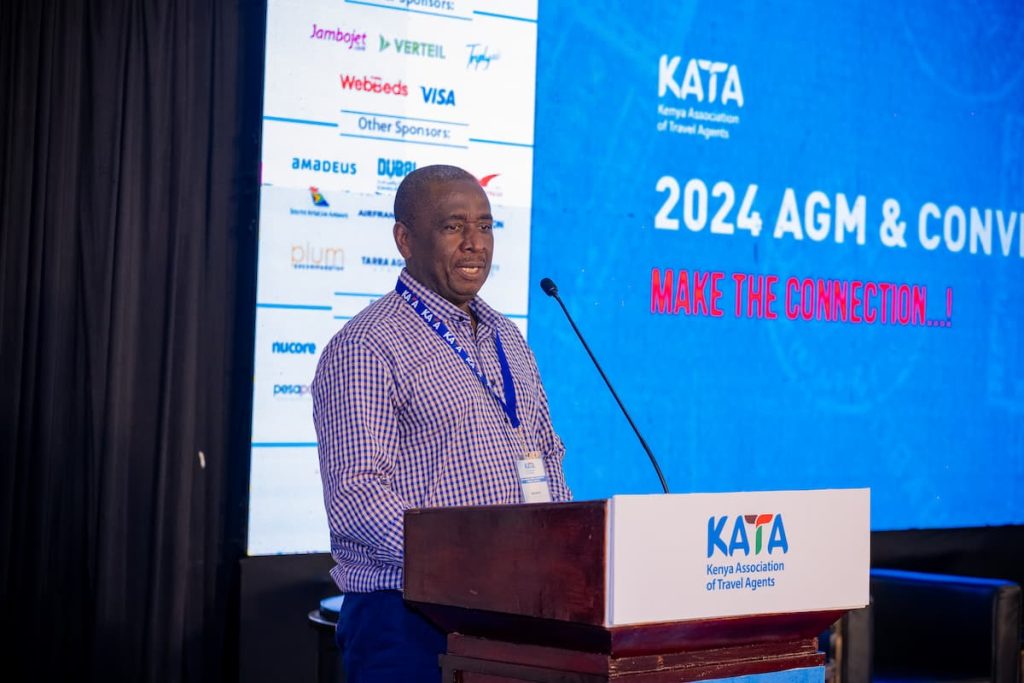In recent years Dubai has commanded attention for its spectacular architecture, vibrant economy, and allure for luxury travelers. It’s hard to believe that not too long ago this innovative city was a small trading port; now it is a state-of-the-art maritime center as well as a world-class destination and home base for yacht owners. Over the past decade Dubai has strategically developed its amenities and services with the aim of creating a thriving nautical ecosystem. For foreign-flagged craft the introduction to the area begins with a seamless arrival experience.
Today there are 22 marinas and more than 3,600 berths for boats, including many for superyachts, megayachts, and gigayachts. To accommodate these vessels an array of modern maintenance and repair facilities has opened, along with technical support, specialty marine stores, and, notably, marina-based health and wellness centers that cater to yacht guests and crews.
The warm weather and safe, tranquil seas here, especially from October to April, provide extraordinarily pleasurable cruising conditions, all complemented by Dubai’s land-based attractions. The city is known for its scenic coastline, luxe hotels, cultural fare, and award-winning restaurants. Cruise-in, dock-and-dine opportunities are a new trend, offering the possibility to moor for a few hours while enjoying fine dining at a resort or hotel, a spa treatment, or the amenities of a beach club.
Luxe and well-equipped marinas abound. Among the newest and most popular are the following:
Dubai Harbour, which opened in 2020 with space for 700 vessels, is in the heart of Dubai, with easy access to tourist attractions and encompassing cafes, shops, VIP lounges, and the Dubai Harbour Yacht Club.
Nakheel Marinas Dubai Islands was launched in 2023 along the city’s north coast, offering easy cruising to the open sea; it can accommodate 13 superyachts at a time.
Luxurious and picturesque P & O Marinas has a total of 1,200 wet berths and 600 dry berths and includes well-known Mina Rashid, which can host a range of pleasure craft, plus superyachts between 25 and 160 meters.
Located on the prestigious Jumeirah Bay Island, along a promenade that resembles a Mediterranean village, Bulgari Marina & Yacht Club is a superyacht anchorage that includes berths for vessels from 10 to 40 meters as well as dock-and-dine services.
Also noteworthy are Bay Marina, Dubai’s first dedicated superyacht marina, with berths for vessels up to 160 meters; Palm View Marina, located on the Dubai Harbour seafront, which boasts a lively shoreside walkway; and Nakheel Marinas on Palm Jumeirah, which welcomes a range of sailing vessels with 261 berths in two marinas plus luxury yacht services.
Dubai’s busy winter-season calendar is filled with international events that appeal to yacht owners and other high-end travelers. The Dubai Desert Classic, Dubai Duty-Free Tennis Championships, Emirates Dubai Sail Grand Prix, Emirates Dubai 7s rugby, and Dubai World Cup horse racing are just a few of the must-see tournaments for sports aficionados. On the cultural scene, there are Art Dubai, Dubai Watch Week, DIFC Art Nights, and World Art Dubai. High-profile maritime expositions that showcase the latest in yacht design, technology, and luxury include the Dubai International Boat Show, which celebrated its 30th anniversary earlier this year, and the three-day Gulf Superyacht Summit 2024, coming in November.
As Dubai has grown as a world-class yachting destination, the city has also focused on sustainability of its rich marine environment through collaborations and green marina initiatives with the aim of promoting responsible yachting and protecting the ocean’s biodiversity. Ensuring the health of the seas is a crucial element in maintaining Dubai’s importance to the luxury yachting community now and for generations to come.
Source: Robb Report.

